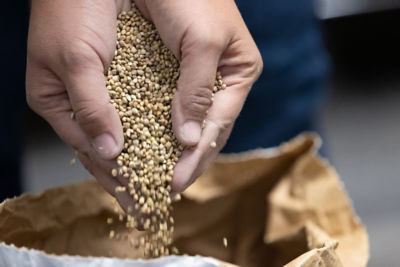Description
The western flower thrips (Frankliniella occidentalis) is native to western USA, but has been introduced into many regions worldwide. The onion thrips (Thrips tabaci) occurs worldwide. The greenhouse thrips (Heliothrips haemorrhoidalis) is found in greenhouses worldwide, where it causes damage to a wide range of ornamental and vegetable plants. Generally, thrips reproduce without mating. The larvae are relatively inactive, but the adults are winged and highly mobile. Adults live up to 20 days, and populations build up quickly. Thrips feed on the subepidermal cells of the host. The laying of eggs into small developing tomato fruits result in spotting of fruit, and subsequent feeding by larvae causing scarring.
The onion thrips and the western flower thrips are the major vectors of the tomato spotted wilt virus (TSWV). Only the larvae can acquired the spotted wilt virus, however, it is transmitted exclusively by adults. TSWV is not passed to the next generation via the egg, but there is some evidence this virus may replicate in its vector. Thrips can also spread tobacco streak virus by carrying pollen from an infected plant to a healthy plant while feeding.
 The western flower thrips, nymphs (Frankliniella occidentalis)
The western flower thrips, nymphs (Frankliniella occidentalis)
 The western flower thrips, adult (Frankliniella occidentalis)
The western flower thrips, adult (Frankliniella occidentalis)




